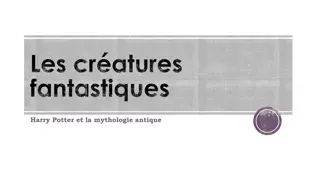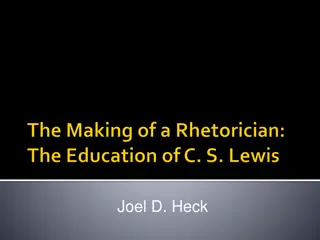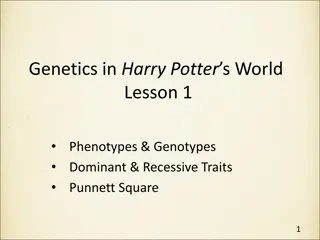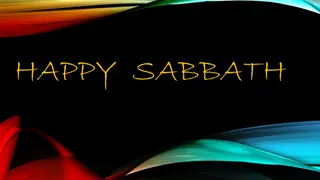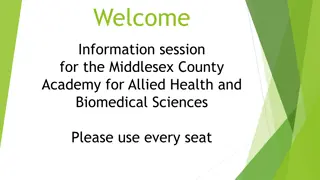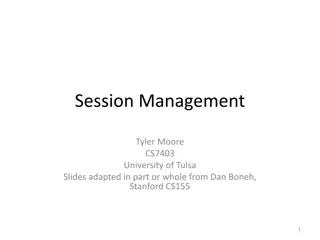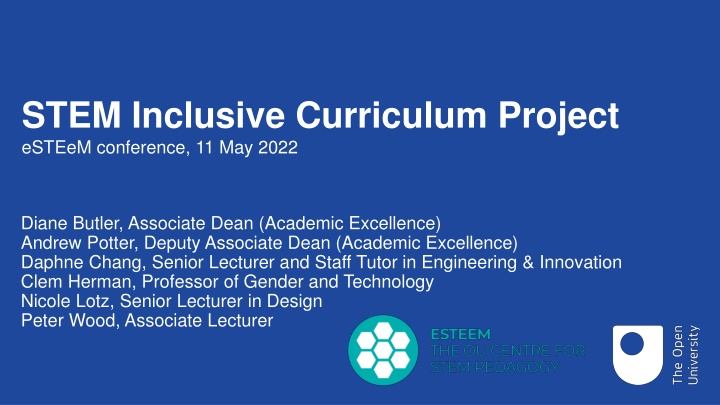
Creating an Inclusive STEM Curriculum: Improving Diversity and Representation
Discover the importance of building a more inclusive STEM curriculum through the STEM Inclusive Curriculum Project. Explore how the Inclusive Curriculum Tool and initial findings aim to enhance diversity, representation, and balance in educational materials for a global and diverse student population.
Download Presentation

Please find below an Image/Link to download the presentation.
The content on the website is provided AS IS for your information and personal use only. It may not be sold, licensed, or shared on other websites without obtaining consent from the author. If you encounter any issues during the download, it is possible that the publisher has removed the file from their server.
You are allowed to download the files provided on this website for personal or commercial use, subject to the condition that they are used lawfully. All files are the property of their respective owners.
The content on the website is provided AS IS for your information and personal use only. It may not be sold, licensed, or shared on other websites without obtaining consent from the author.
E N D
Presentation Transcript
STEM Inclusive Curriculum Project eSTEeM conference, 11 May 2022 Diane Butler, Associate Dean (Academic Excellence) Andrew Potter, Deputy Associate Dean (Academic Excellence) Daphne Chang, Senior Lecturer and Staff Tutor in Engineering & Innovation Clem Herman, Professor of Gender and Technology Nicole Lotz, Senior Lecturer in Design Peter Wood, Associate Lecturer
The Inclusive Curriculum Tool Led by the Access, Participation and Success (APS) Team, developed in collaboration with stakeholders from across the University. Principles accessible to diverse groups of students not just in terms of accessibility for disabled students but the language, images, stories and structure used all students see themselves reflected in the material the material equips our students to participate in a global and diverse world 3
STEM Inclusive Curriculum Project Phase 1 Activities Scholarship Outputs Recruited 15 STEM Associate Lecturers Reflective Journals 1-2-1 Interviews Recorded discussions Training & Workshops Completed Inclusive Curriculum Tool spreadsheets Thematic analysis Audits of 14 STEM modules Feedback to APS Inclusive Curriculum Team Meetings with Module Teams Report for STEM Exec, STEM Boards of Studies 5
Overview of Initial Findings Images Lack of diversity most easily recognised if indeed absent What implicit/explicit narrative does an image present? Language Colloquialisms, cultural assumptions He or she versus they Laudatory adjectives applied to historical figures Choice of data sets and case studies Mostly from Western countries Tendency to portray non-Western countries in disaster narrative Diversity and balance of historical information Historical development presented from largely Western perspective. Consequential lack of gender balance and diversity presented without context Missed opportunities Small amendments to increase representation Microexclusions 6
Key focal points Inclusive peer interaction Assessment Being welcoming Opportunities noted as limited This could go beyond representing one s own demographic to actively encouraging engagement to create sense of belonging Module introductions are key for developing sense of belonging Many modules were identified as excellent in this regard More inclusive content is not often formally assessed, as not considered core Is inclusivity core to our disciplines? 7
Big Questions Is the goal of an inclusive STEM curriculum to: Is an inclusive STEM curriculum one which: eradicate potentially offensive content? provide opportunities for each student to see themselves reflected in the materials? provide opportunities for each student to have their experiences valued? challenge injustices past and present in our disciplines? has a local (British) centre/viewpoint which aims to be as inclusive as possible? has multiple (global) centres/viewpoints from different perspectives? has no fixed centre/viewpoint (a view from nowhere )? 8
THANK YOU Questions? Comments? Andrew.Potter@open.ac.uk



